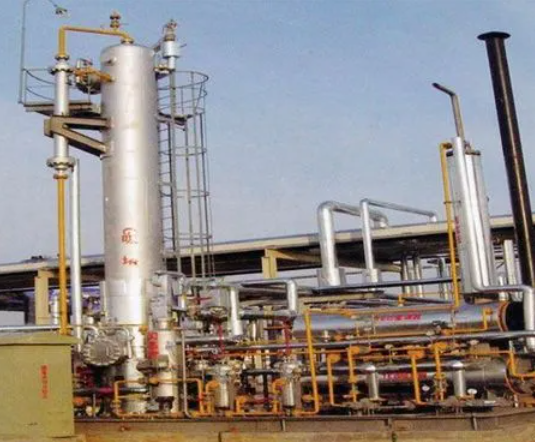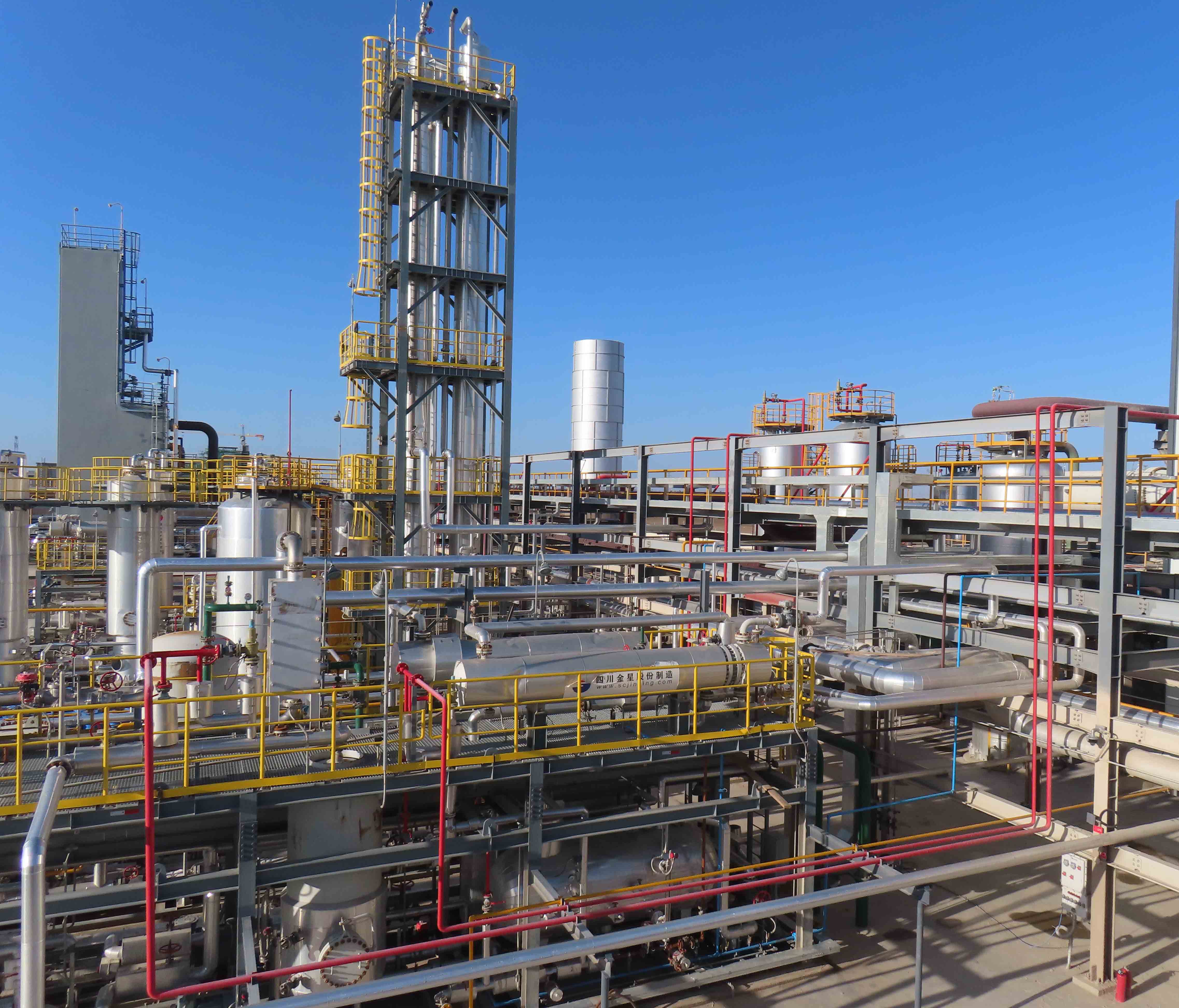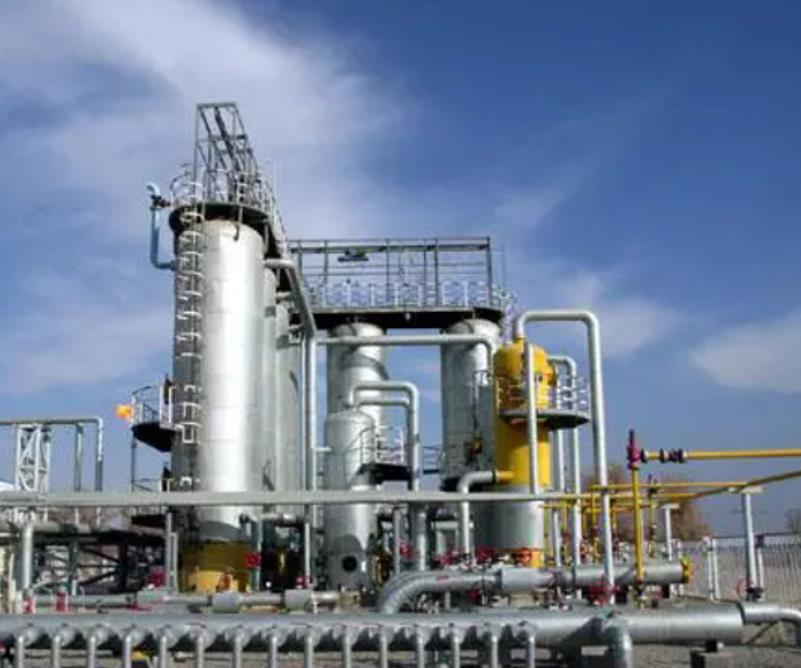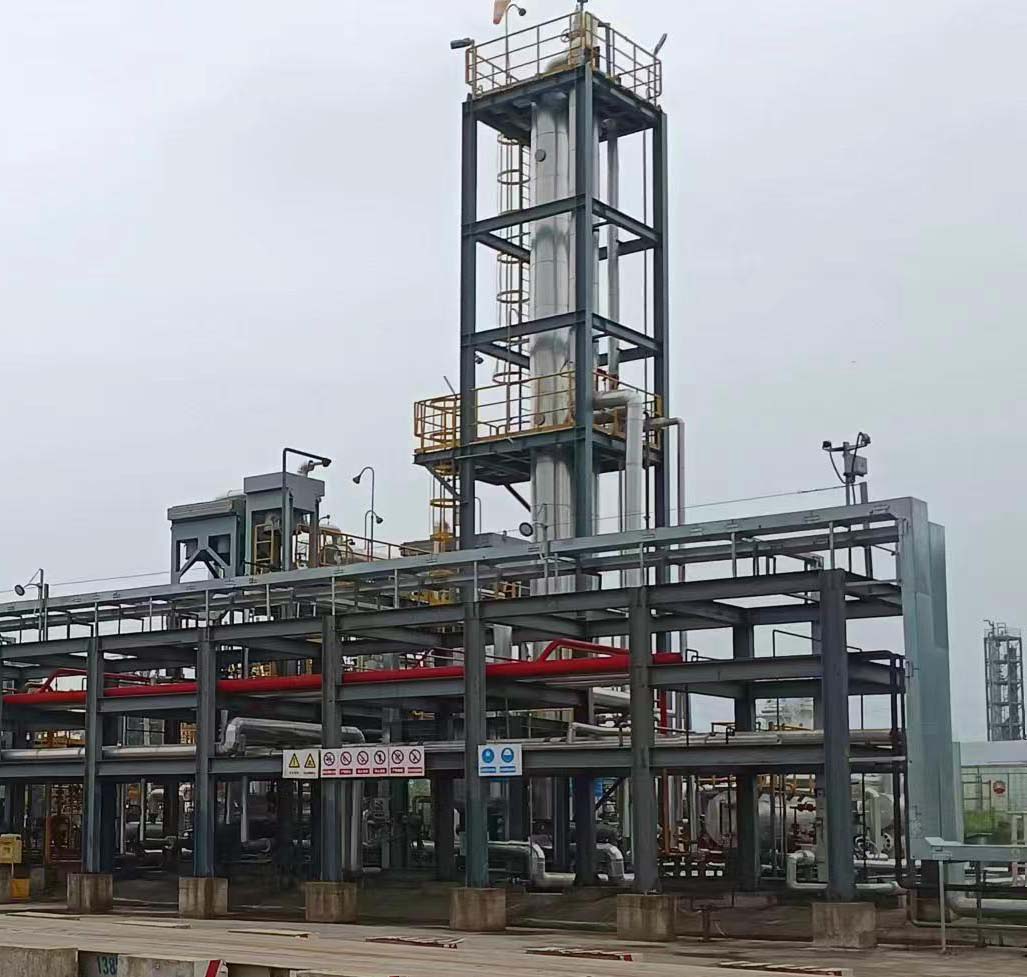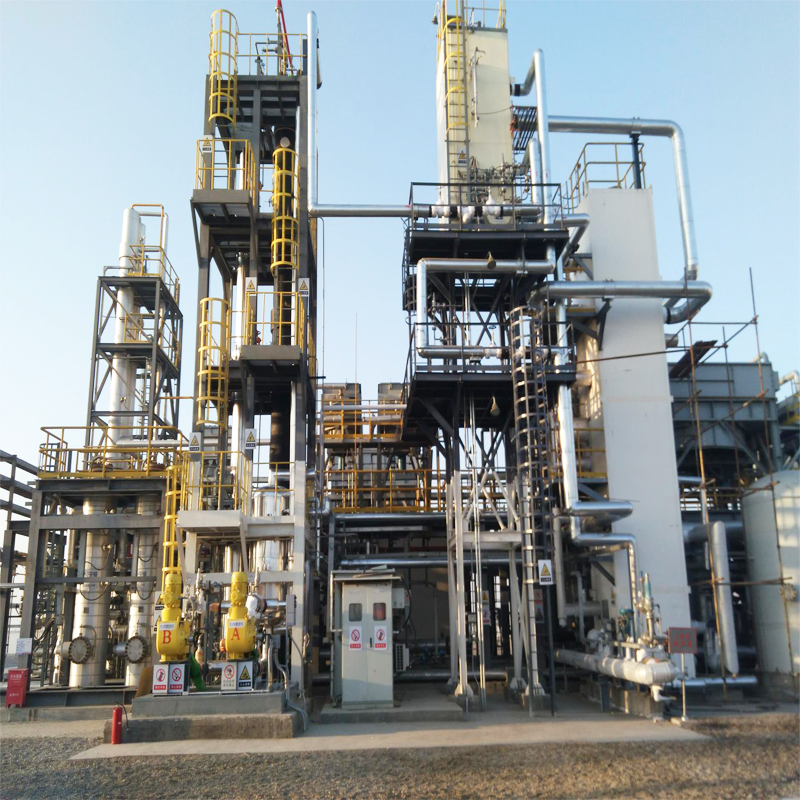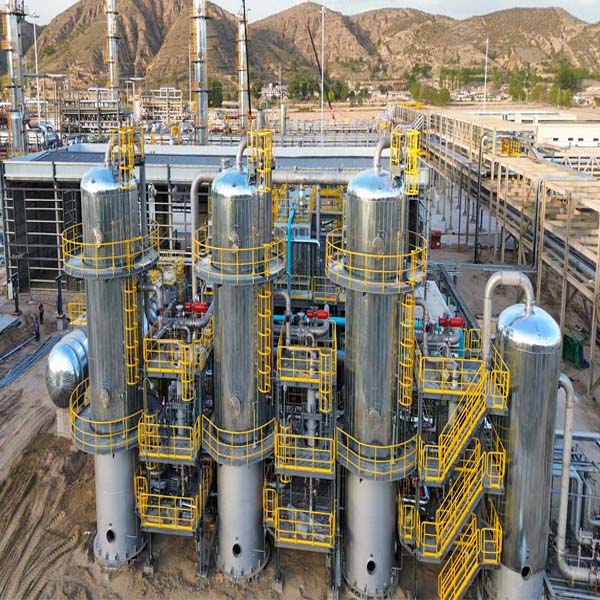Process Introduction and Application of Natural Gas Dehydration
2024-04-01
Natural gas is a vital source of energy, used for heating, cooking, and electricity generation. However, before it can be utilized, it must undergo a dehydration process to remove water and other impurities. Natural gas dehydration is essential for ensuring the quality and safety of the gas, as well as for preventing corrosion and blockages in pipelines and equipment. In this article, we will explore the process of natural gas dehydration, its applications, and the role of natural gas drying plants in this crucial industrial process. The presence of water in natural gas can cause several issues, including the formation of hydrates, which are solid crystalline compounds that can block pipelines and equipment. Additionally, water can contribute to the corrosion of pipelines and reduce the heating value of the gas. Therefore, the dehydration of natural gas is a critical step in the gas processing industry. The natural gas dehydration process involves the removal of water vapor from the gas stream, typically using one of several methods, such as absorption, adsorption, or condensation. One of the most commonly used methods is the absorption process, which utilizes a liquid desiccant to remove water from the gas. The desiccant, often a glycol solution, comes into contact with the gas stream, where it absorbs the water vapor, leaving the gas dry and free of impurities. Another method is adsorption, which involves the use of solid adsorbents, such as molecular sieves dehydration or activated alumina, to capture water molecules from the gas stream. As the gas passes through the adsorbent bed, the water vapor is trapped, allowing the dry gas to exit the system. Condensation is also employed in some natural gas dehydration processes, where the gas is cooled to a temperature at which the water vapor condenses and can be separated from the gas stream. Natural gas dehydration is widely used in various applications, including natural gas processing plants, gas transmission and distribution systems, and gas storage facilities. In processing plants, the dehydration process is typically carried out to meet pipeline specifications and to prevent operational issues such as hydrate formation and corrosion. In transmission and distribution systems, dry gas is essential for maintaining the integrity of the pipelines and ensuring the safe and efficient transportation of natural gas. Furthermore, in gas storage facilities, dehydration is crucial for preventing the accumulation of water, which can lead to operational challenges and safety hazards. Natural gas drying plants play a pivotal role in the dehydration process, providing the infrastructure and equipment necessary to remove water from the gas stream. These plants are equipped with dehydration units, which may include absorbers, adsorbers, and condensers, as well as associated pumps, compressors, and control systems. The design and operation of these plants are tailored to the specific requirements of the gas stream, taking into account factors such as flow rate, pressure, temperature, and the composition of the gas. In addition to the technical aspects, natural gas drying plants also adhere to stringent safety and environmental standards to ensure the proper handling and disposal of the removed water and other by-products. Furthermore, advancements in technology have led to the development of more efficient and environmentally friendly dehydration processes, such as the use of renewable energy sources and the implementation of advanced monitoring and control systems. Contact: Sichuan Rongteng Automation Equipment Co., Ltd. Phone/WhatsApp/Wechat : +86 177 8117 4421 Website: www.rtgastreat.com Email: info@rtgastreat.com Address:No. 8, Section 2 of Tengfei Road, Shigao Subdistrict,Tianfu New Area, Meishan city, Sichuan China 620564


